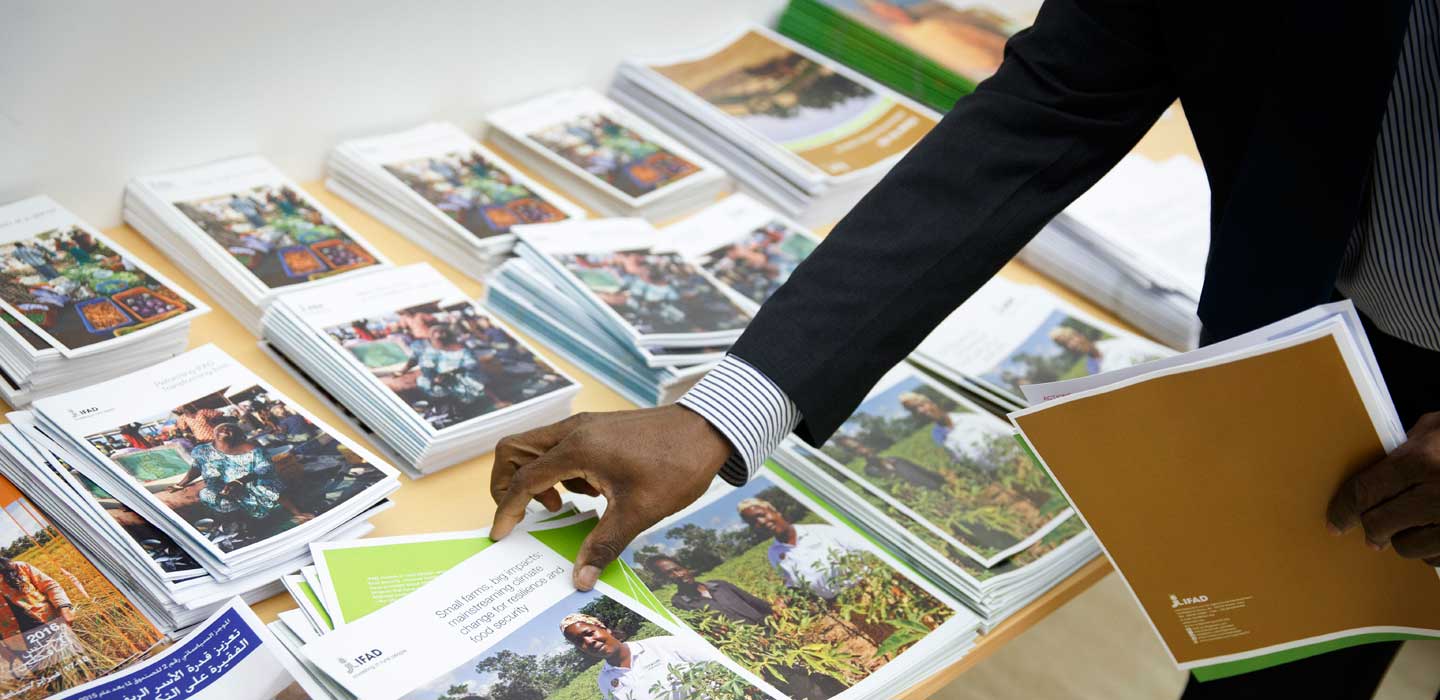Factsheets

صحف الحقائق
عرض القائمة
SearchResultsFilters
نتائج البحث
Addressing climate change in East and Southern Africa
نوفمبر 2011
Climate variability and change are expected to compromise agricultural production and food security severely in many African countries.
Fragile states - working to build resilience
سبتمبر 2011
Fragile states are home to nearly 30 per cent of the
world’s poor people. Though measures of fragility
vary, such countries typically lack some of the
basic tools of nationbuilding: good governance,
strong policies, skilled personnel, functional
infrastructure and services, educated citizens, an active
civil society and a competitive private sector.
Civil and border conflict is an all-too frequent reality.
Poor people living in rural areas of fragile states are
particularly vulnerable as they have very limited
means to cope with the situation created by fragility.
اللغات الإضافية: Arabic, English, French, Italian
world’s poor people. Though measures of fragility
vary, such countries typically lack some of the
basic tools of nationbuilding: good governance,
strong policies, skilled personnel, functional
infrastructure and services, educated citizens, an active
civil society and a competitive private sector.
Civil and border conflict is an all-too frequent reality.
Poor people living in rural areas of fragile states are
particularly vulnerable as they have very limited
means to cope with the situation created by fragility.
IFAD and Togo
سبتمبر 2011
The country’s challenge now is to create the conditions for economic growth – and the Government of Togo believes that the best way to achieve lasting growth is through increased production and productivity in the agriculture sector.
For these reasons, after more than a decade out of the country, the International Fund for Agricultural Development (IFAD) is working closely with the Republic of Togo to put agricultural and rural development on track.
Smallholder conservation agriculture - Rationale for IFAD involvement and relevance to the East and Southern Africa region
سبتمبر 2011
There is a growing need to investigate different crop production systems that prevent soil degradation while increasing productivity. Conservation agriculture (CA) offers a promising solution. Conservation agriculture is a climate resilient technology and management system that has demonstrable potential to secure sustained productivity and livelihood improvements for millions of climate-dependent farmers working in semi-arid areas around the world. Success stories are recorded for some countries in Asia, and in Australia and Brazil. However, for sub-Saharan Africa adoption of the technology has lagged behind these other countries, and concerns have been raised as to the suitability of the technology within the smallholder farming context.